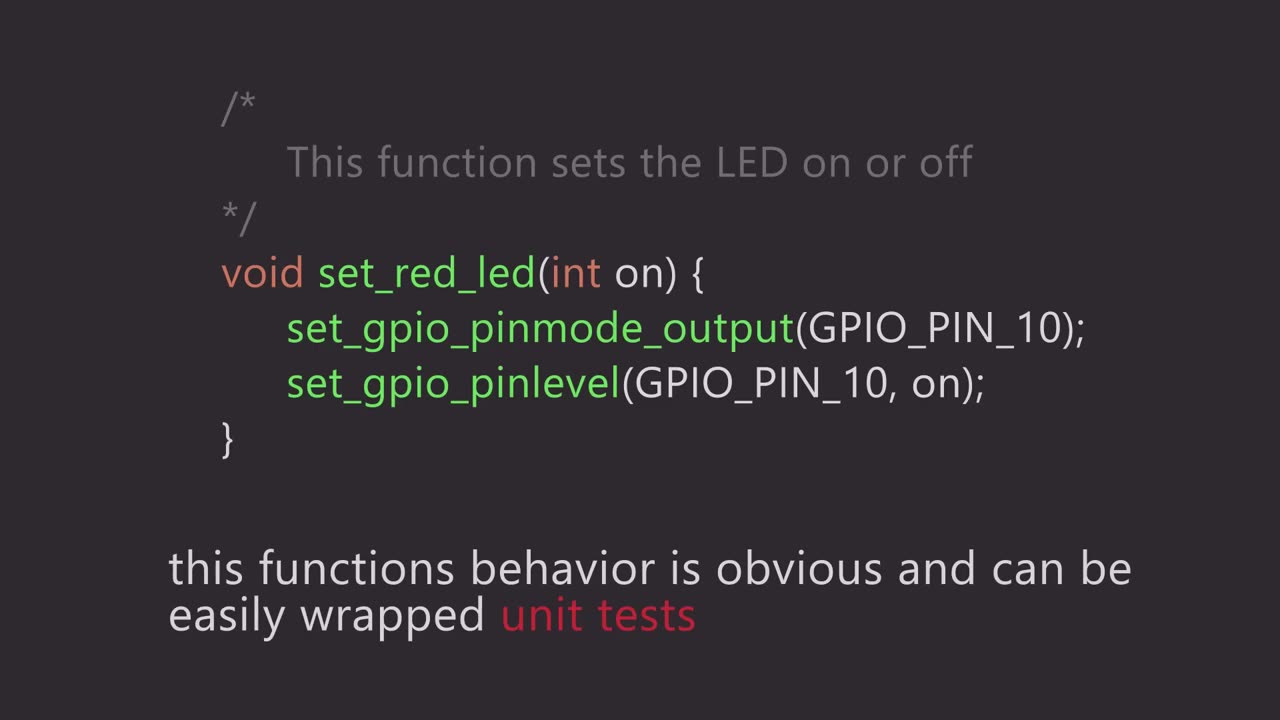Premium Only Content

NASA's Nasa's How Nasa Writes Space-Proof code
Requirements Elicitation and Analysis: The process starts with a comprehensive understanding of the mission's objectives and the software's role in achieving them. Engineers work closely with domain experts and stakeholders to gather and analyze requirements, capturing both functional and non-functional aspects.
Formal Specification: Critical software components undergo formal specification, where mathematical models are used to define the desired behavior of the software. These specifications serve as a precise reference for developers and can be used in formal verification processes.
Coding Standards and Guidelines: NASA adheres to strict coding standards and guidelines that encompass coding style, naming conventions, indentation, and commenting. This consistency ensures that the code is readable, maintainable, and less prone to errors.
Design and Architecture: Before coding begins, software architects create a detailed design and architecture for the software. This step involves breaking down the system into smaller components and defining their interactions. The design incorporates redundancy, fault tolerance, and modularity.
Formal Methods and Verification: Some critical parts of the software may undergo formal verification, a process of mathematically proving that the code adheres to its specifications and does not contain certain types of errors. Formal methods can help identify and eliminate subtle bugs that might be missed through traditional testing.
Static Code Analysis: Code is analyzed using static analysis tools that scan the codebase for potential issues such as memory leaks, uninitialized variables, and violation of coding standards. This step catches common programming errors early in the development process.
Peer Reviews and Code Inspections: Code undergoes thorough peer reviews and inspections. Experienced developers review each other's code to identify logic errors, coding mistakes, and inconsistencies. This collaborative effort promotes knowledge sharing and catches issues that might otherwise go unnoticed.
Unit Testing: Developers create comprehensive unit test suites to validate individual software components. These tests cover different scenarios and edge cases to ensure that each module functions correctly in isolation.
Integration Testing: Once individual components are tested, they are integrated to test their interactions. Integration tests validate that the components work together as intended and identify potential issues arising from their interdependencies.
System Testing: The entire software system is subjected to rigorous system-level testing. This phase verifies that the software behaves correctly as a whole, meeting the mission requirements and handling unexpected situations effectively.
Simulation and Emulation: Since space conditions cannot always be replicated on Earth, simulation and emulation environments are created to mimic the space environment as closely as possible. This allows developers to test software behavior in various scenarios.
Redundancy and Fault Tolerance Testing: Critical systems are tested for redundancy and fault tolerance. Failures are intentionally induced to observe the software's ability to recover and continue operating.
Documentation: Comprehensive documentation accompanies the code, providing detailed explanations of design decisions, algorithms, interfaces, and testing procedures. This documentation is crucial for maintenance, troubleshooting, and knowledge transfer.
Continuous Monitoring and Improvement: After deployment, NASA continuously monitors the software's performance during missions. Data collected helps identify anomalies and informs improvements for future versions of the software.
Change Control and Configuration Management: Changes to the software are carefully managed, reviewed, and approved. This ensures that modifications maintain the software's integrity and do not introduce new risks.
-
 38:41
38:41
Sarah Westall
6 hours agoHealth Freedom Under Attack, Dr Robert Young Found Guilty on Suspicious Victimless Crime, Matt Hazen
24.1K3 -
 LIVE
LIVE
Vigilant News Network
5 hours agoDataRepublican Exposes the Shadow Government’s Darkest Secrets - Exclusive Interview | Media Blackout
1,720 watching -
 31:39
31:39
Peter Santenello
1 year agoStories From Vegas' Golden Era 🇺🇸
33K23 -
 LIVE
LIVE
The Why Files
9 hours agoLIVE: The Why Files 24/7 Stream n' Chat
1,332 watching -
 55:15
55:15
Russell Brand
1 day agoThe Truth About Big Pharma & COVID with Dr. Aseem Malhotra
151K7 -
 1:19:48
1:19:48
The Rubin Report
9 hours agoWhat the Trump Administration Must Do Instead of Revenge | Peter Thiel
109K163 -
 1:59:00
1:59:00
Steve-O's Wild Ride! Podcast
3 days ago $35.57 earnedPatrick Bet-David DESTROYS Steve-O's Dad - Wild Ride #252
136K48 -
![[XboxONE] GRINDING 1000g FC24](https://1a-1791.com/video/fwe1/01/s8/1/y/k/I/o/ykIoy.0kob-small-XboxONE-GRINDING-1000g-FC24.jpg) 3:29:15
3:29:15
deathbee
12 hours ago[XboxONE] GRINDING 1000g FC24
91.9K10 -
 1:08:32
1:08:32
Winston Marshall
1 day agoThe HIDDEN Agenda: Congresswoman Hageman UNCOVERS USAID Fraud, Censorship and Human Trafficking
119K138 -
 8:16
8:16
CarlCrusher
1 day agoThe True Story of Stranger Things and the Montauk Project Origins
72K26